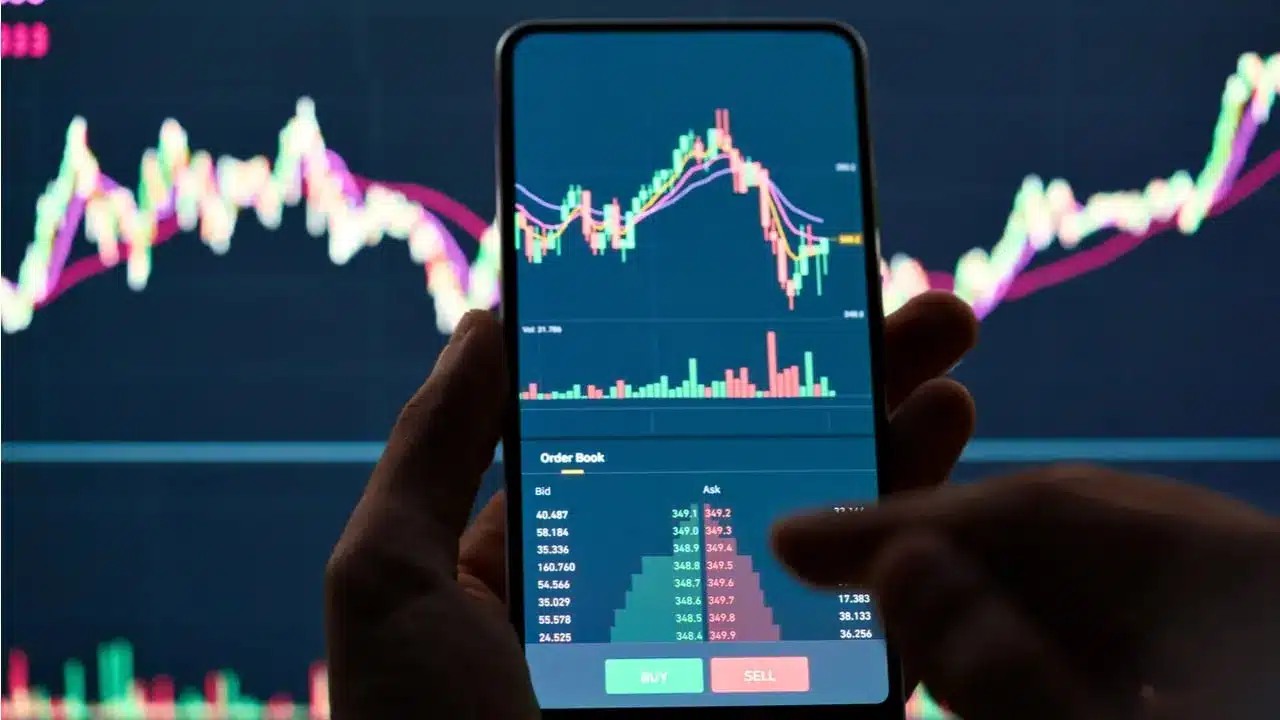- 6–7 major issuers, including Franklin Templeton, have active spot XRP ETF filings, with the SEC bundling decisions for late October 2025.
- Analysts project $5–18B in ETF-driven demand, which could trigger sharp “air-pocket” price moves due to XRP’s limited liquid supply.
- With CME futures, regulatory clarity, and ETF momentum, XRP could plausibly reach $50 by year-end.
A growing number of financial issuers are seeking approval for spot XRP exchange-traded funds (ETFs), and analysts believe the outcome could dramatically reshape XRP’s market trajectory.
According to crypto commentator Pumpius (@pumpius), at least six to seven firms, including Bitwise, 21Shares, WisdomTree, CoinShares, Canary Capital, and Franklin Templeton, currently have active S-1 filings or amendments pending with the U.S. Securities and Exchange Commission (SEC).
Franklin Templeton’s filing stands out as it represents a dedicated Franklin XRP ETF. The flurry of amendments followed the dismissal of the long-running SEC vs. Ripple case, a development interpreted by some as a green light for institutional positioning.
October Seen as Make-or-Break Window
The SEC has bundled many of the applications into a late October 2025 decision calendar, effectively synchronizing potential approvals across multiple issuers. If even a portion of these ETFs clear in October, Q4 launches could be in play.
Also Read: Top Analyst: ‘XRP $22 Is a Must,’ Says It Needs to Close Above These Levels to Happen
🚨 If the SEC approves all spot XRP ETFs by October, the path to $50 by December ’25 isn’t hopium, it’s math + market structure.
Read this before everyone else catches on. 🧵👇 pic.twitter.com/2bNjEbbnIp
— Pumpius (@pumpius) September 3, 2025
The regulator has also started publishing guidance for crypto-linked ETFs, while U.S. exchanges push for standardized listing rules covering digital asset ETPs. This policy momentum could accelerate approvals beyond just Bitcoin and Ethereum.
Meanwhile, independent market desks are projecting first-month inflows of $5 billion or more into XRP ETFs, should they launch. Unlike Bitcoin, where supply is more distributed, XRP’s float is constrained by a combination of escrow-locked holdings and large wallets controlling a sizable portion of circulating supply.
This dynamic could amplify the impact of inflows, creating what analysts describe as “air-pocket” price moves, sudden revaluations due to thin liquidity relative to new demand.
Infrastructure Already in Place
Institutional on-ramps for XRP have expanded significantly in 2025. The CME launched XRP futures in May, followed by Coinbase Derivatives’ CFTC-regulated XRP futures in April. This mirrors the roadmap that Bitcoin and Ethereum followed prior to their own ETF approvals.
The presence of both futures and potential ETFs provides liquidity and hedging mechanisms, a combination seen as critical to institutional adoption.
Why $50 Is Considered Plausible
Pumpius outlines a scenario in which $10–18 billion in net demand from ETFs, arbitrage, and institutional rebalancing flows enters the market between October and year-end. Against a circulating base of roughly 59 billion XRP, with much of it illiquid, the elasticity required to absorb that demand could trigger multi-fold price appreciation.
Under this model, XRP could plausibly hit $50 by December 2025, driven by ETF inflows, year-end portfolio positioning, and a reflexive feedback loop where rising assets under management (AUM) attract even more inflows.
10/ Bottom line:
If all spot XRP ETFs clear in October, the Q4 liquidity flywheel (inflows → higher price → larger AUM → more inflows) can ignite. In that setup, $50 by December ’25 stops being a meme and becomes a path, not a promise.
— Pumpius (@pumpius) September 3, 2025
The Bigger Picture: XRP’s Institutional Arc
The potential launch of XRP ETFs would represent more than just speculative exposure. Supporters argue it marks a shift toward recognizing XRP as a settlement asset in institutional markets, reinforced by its expanding derivatives market and the resolution of regulatory disputes.
“ETFs are the distribution layer for that thesis,” Pumpius noted, suggesting that spot ETFs could serve as the bridge between XRP’s use case and large-scale capital allocation.
If the SEC approves multiple spot XRP ETFs this October, the fourth quarter of 2025 could usher in a liquidity flywheel, where inflows drive prices higher, in turn attracting larger inflows. In that environment, what once seemed like “hopium” may evolve into what analysts call “math plus market structure.”
For now, traders and institutions alike are watching the SEC’s October decision window closely.
Also Read: Trending: XRP Spot ETF Approval About to Happen? New SEC-CFTC Statement Sparks Excitement

